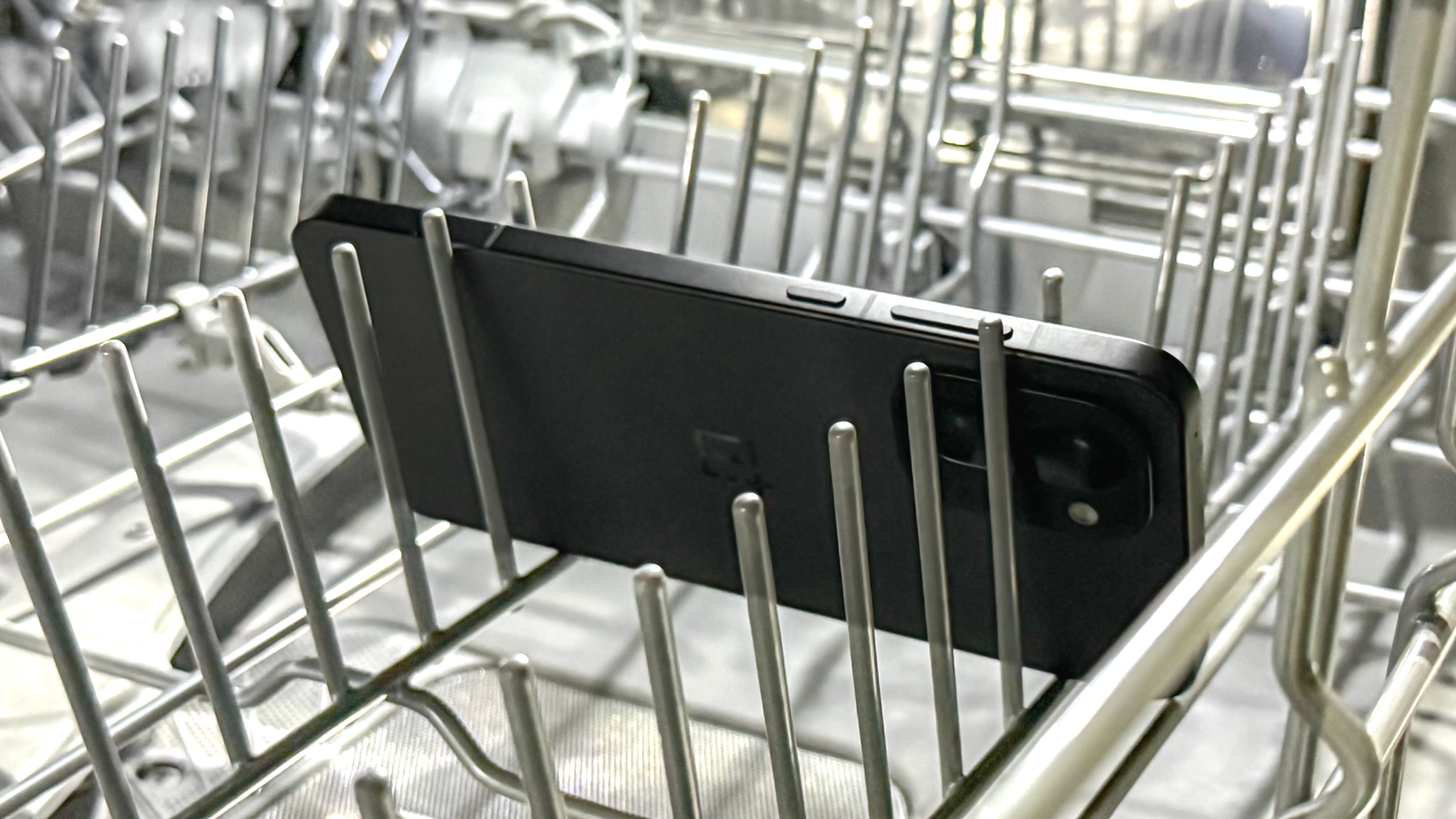5 ways you could be damaging your hybrid mattress — and what to do instead
Extend the life of your hybrid mattress by following these simple care and cleaning tips
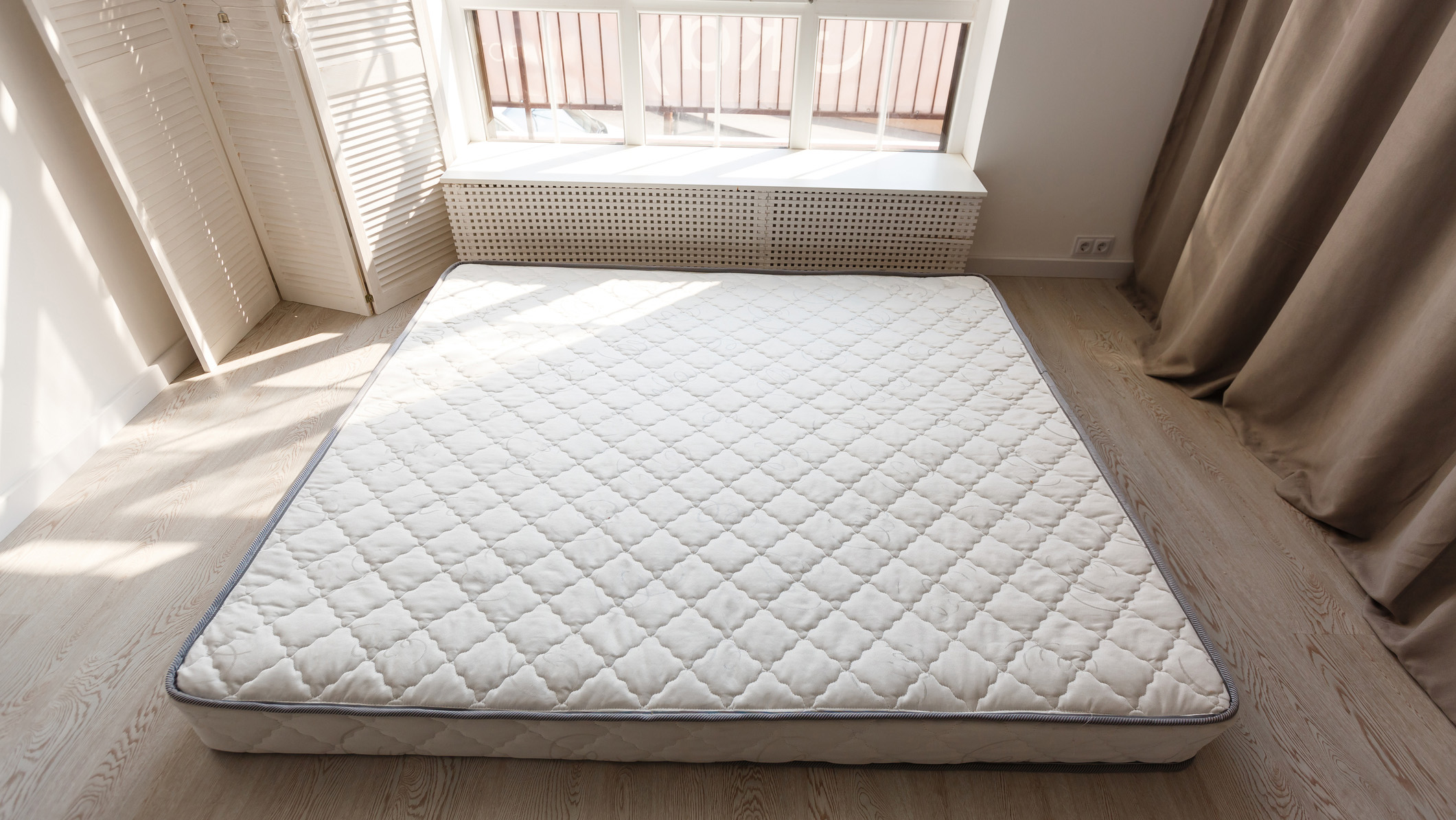
A new mattress is an expensive yet essential purchase. And with the average bed having a life span of eight years, it’s only natural that you’ll want to make the most of your investment, especially if you have invested in the very best mattress for your sleep needs. Hybrid beds are very popular now, so if you own one or are thinking of buying one, you'll want to know how to look after it. However, there may be a few things that you’re doing that could damage your hybrid mattress and shorten its life.
The best hybrid mattresses offer a combination of coils or springs coupled with layers of memory foam, delivering luxurious comfort and pressure-relieving support. If you’ve bagged yourself a bargain during the Presidents’ Day sales, then don’t worry, as caring for your hybrid mattress doesn’t take any special skills or equipment.
Taking simple steps such as making sure that your new mattress has a good base and is not laying on the floor, can make all the difference. Taking care of your hybrid can also help you to stay within the terms of your warranty should you need to make a claim in the future. Here are the five ways you could be damaging your hybrid mattress — and what to do instead.
- Memory foam hybrid vs latex foam hybrid mattress: How to choose
5 ways you’re damaging your hybrid mattress
1. You aren't using a mattress protector
If you want a quick and easy solution to ensuring your mattress lasts a long time, then it’s time to invest in the best mattress protector you can afford. Mattress protectors are a thin, waterproof layer that attach directly to your mattress and sit beneath your fitted sheet, which work to help protect the mattress's surface.
Because hybrid mattresses have a top layer of foam, it’s important that you don’t allow this to get wet. Any kind of liquid that soaks into the foam can cause material breakdown, which will reduce the supportive element of the mattress.
Also, when we sleep, we tend to sweat more and perspiration combined with natural body oils can easily make its way into the top layers of the mattress. Not only will this leave you with unsightly stains on your mattress but it can also lead to bad odours and potential bacteria growth.
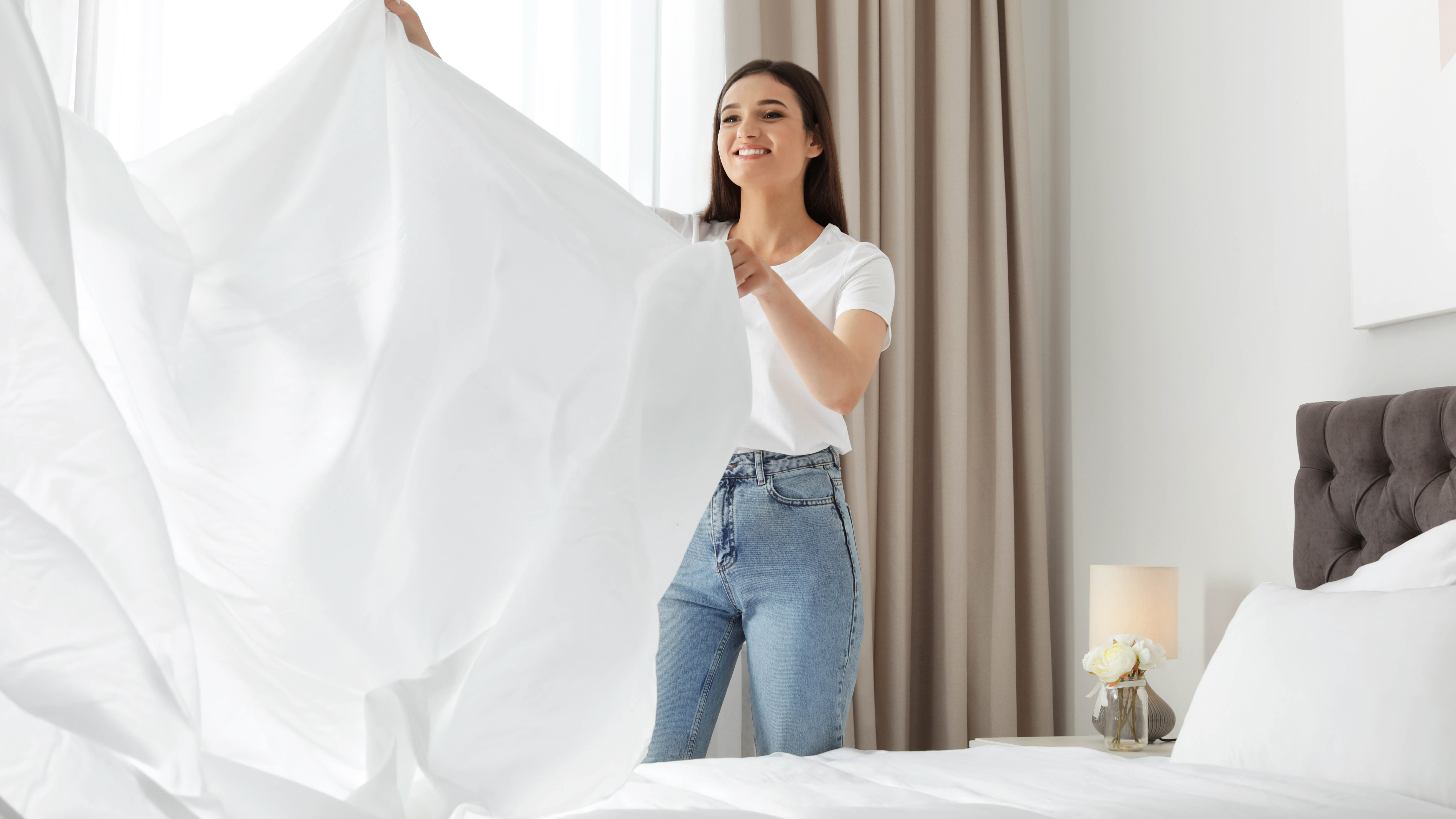
Dust mites are another problem that can be caused by not having a protector. As well as feeding on the dead skin cells that we shed overnight, dust mites love warm, plush surfaces like mattresses. A mattress protector is easy to remove and wash regularly to ensure that you can get rid of these mites.
Get instant access to breaking news, the hottest reviews, great deals and helpful tips.
What to do instead: Invest in a mattress protector to create a barrier between you and the mattress. Not only do they protect your mattress from liquids, temperature-regulating versions can keep you cool at night.
2. You're flipping your hybrid mattress
Hybrid mattresses are not designed to be flipped. They are constructed in layers with each layer being given a specific job. The top layer is usually a comfort layer that has been designed to be slept on directly and provide pressure relief. By flipping your hybrid mattress, you will be putting undue pressure on it and potentially causing permanent indentations or damage.
The base layer of a hybrid mattress is for support, and not designed to be slept on, by doing so the mattress will be uneven and super uncomfortable. Many hybrid mattresses boast zoned support or cooling technologies built into the comfort layer. Flipping the mattress would mean these features are unusable. There are, however, some exceptions , such as the flippable Layla Hybrid mattress.
What to do instead: Rotate your mattress instead every three to six months to distribute this pressure evenly, helping your hybrid to wear more evenly. Rotating also helps minimize the aches and pains that come with sleeping on the mattress night after night. To rotate it, remove all bedding and accessories and rotate it 180 degrees. If your mattress has a pillow top, rotate it head-to-foot instead.
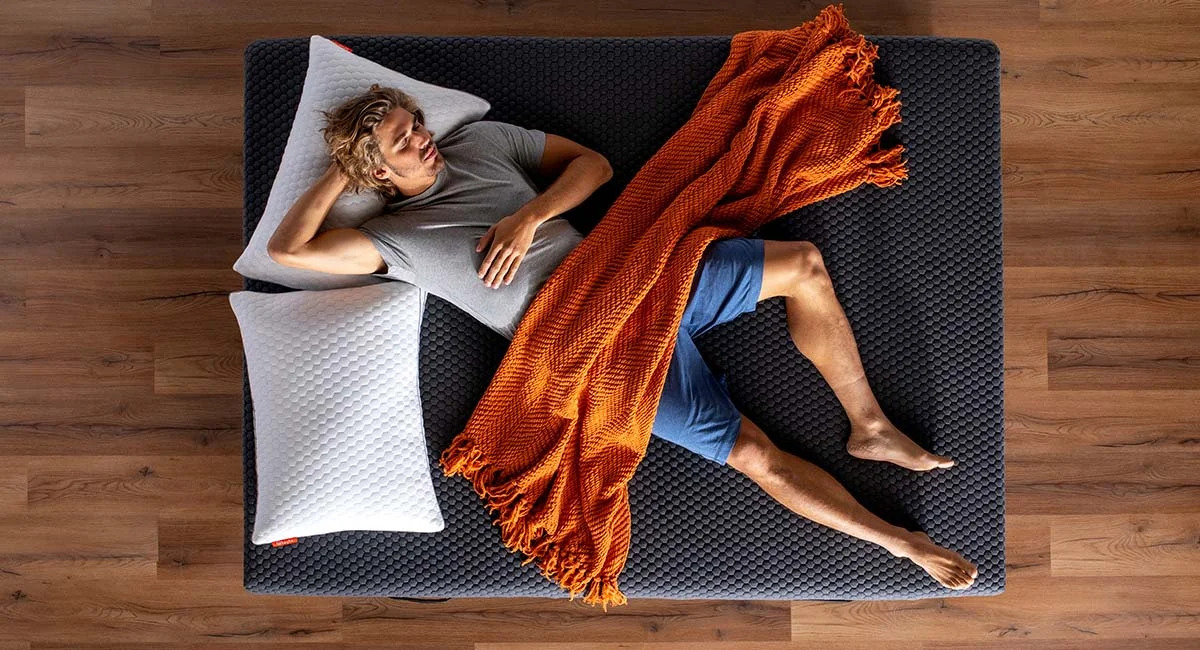
3. You're placing it directly on the floor
There are a host of reasons why laying your mattress directly on the floor is a bad idea. Mattresses need good air circulation to prevent a build-up of moisture. When you place them directly on the floor, this restricts airflow and heat from your body, and the environment will turn to moisture. This moisture gets trapped within the mattress layers and can lead to the growth of mold and mildew, which can be harmful to your health, trigger allergies and cause damage to the mattress.
Also, floor surfaces attract more dust, pet dander and dirt. If you’re laying on the ground you’re going to be more susceptible to breathing those in. Not to mention potentially encouraging pests like bed bugs and dust mites who will have easier access to your mattress, potentially leading to an infestation.
Laying your mattress on the floor can also affect on your warranty. Many mattress warranties state that it should be used with a compatible foundation or bed frame.
What to do instead: Invest in a proper foundation or bed frame. Your mattress needs a firm and even surface to support your body properly. Plus, getting a frame will ensure that air circulation is boosted and mold build-up is kept at bay.
4. You're removing the mattress cover
Always check the manufacturer's guidelines on whether it's safe or not to remove the cover. Removing a mattress cover against the advice of the manufacturer can cause serious damage to your bed. Accidents and spills happen, and if you don't have your cover attached you risk any liquids going straight into the fabric.
Removing the cover could also void your warranty. Many warranties specify that the mattress needs to be used with a compatible cover. If you remove it and something happens, then you could find that you won't be able to claim.
Another thing that could cause an issue when you remove your mattress cover is being directly exposed to dust mites and other allergens. One of the most serious consequences of removing your mattress cover is that some mattress covers contain fiberglass for fire retardancy. When you remove that cover, you risk releasing fiberglass particles into the air, which can irritate eyes, skin, and the respiratory system.
What to do instead: Follow manufacturer guidelines concerning whether you can safely remove your mattress cover for cleaning. If you do remove it, check the manufacturer's care instructions to make sure you don't damage the cover. Removing and reattaching covers can also be a challenge, especially with heavy hybrids.
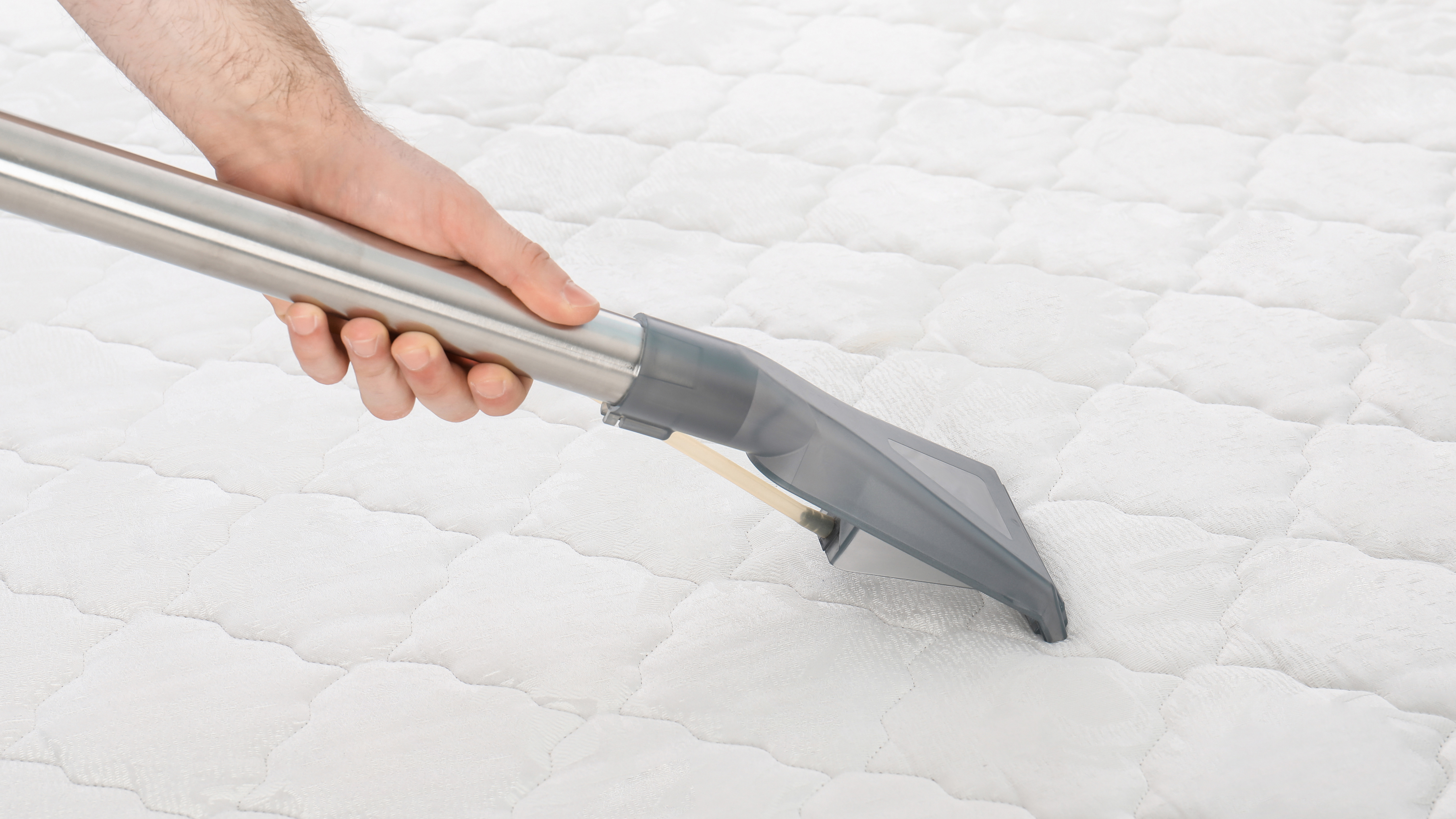
5. You aren't vacuuming your hybrid regularly
Mattresses harbor dust and dead skin flakes that attract dust mites as well as trigger asthma and allergies. Dust mites can also contribute to faster wear and tear on your hybrid mattress so it's important to keep them at bay. Regular vacuuming helps remove these allergens and create a cleaner environment for sleep.
Body oils, sweat and dust accumulate over time, leaving behind unpleasant odors. If you want to get rid of smells, consider sprinkling some baking soda on your mattress and leaving for around 30 minutes to help absorb and neutralize any odors present.
What to do instead: Create a regular cleaning schedule. Vacuuming your hybrid mattress at least once a week at the same time that you change your bedding will make a huge difference. If you live in a very dusty environment or have pets, then you may wish to do this more often. When you vacuum your mattress, make sure that you pay close attention to the seams, folds, and crevices where dust mites and allergens tend to hide.

Rachael has a keen interest in all things sleep, including her expert knowledge on mattress cleaning, providing readers with the best hacks and tips to keep their beds clean, as well as trying out the latest viral cleaning products. Rachael also reports on leading mattress brands such as Helix, Saatva and Nectar, writing articles designed to help readers understand what they need from a new bed. She also enjoys reviewing home, travel and tech gadgets, especially anything that has been designed to make life easier like smart home gadgets. During the last 15 years, Rachael has contributed to various publications including Tom’s Guide, Creative Bloq, The Independent, The Spectator, Daily Express and more.
